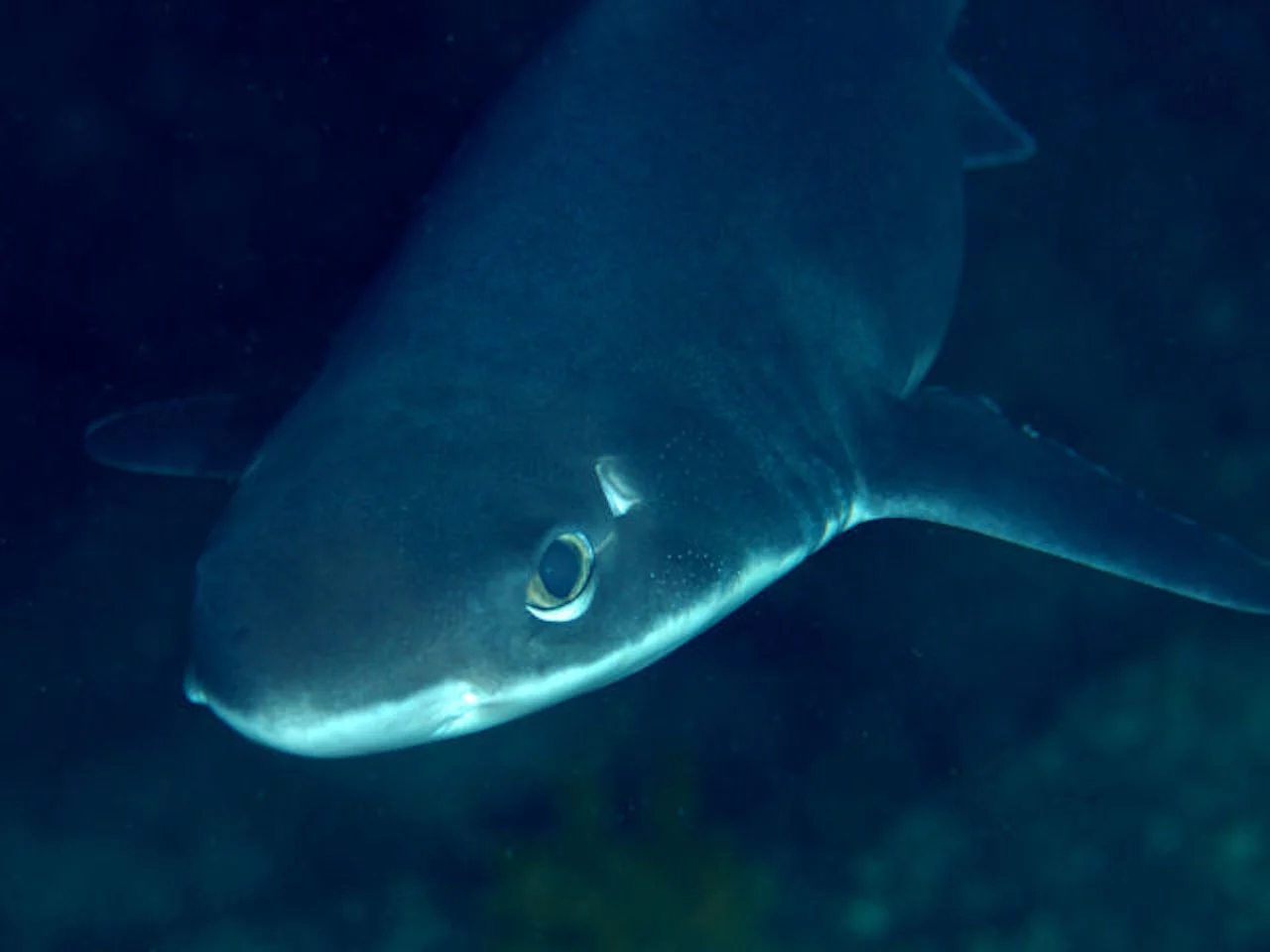
Venomous shark found patrolling the waters in London, England river
Among the findings in River Thames was a toxic spurdog shark, which is covered in venomous spines, and if discharged, can cause pain and swelling in humans if come into contact with.
London, England's famed River Thames was once considered to be "biologically dead," but is now well on its way to an ecosystem recovery, and that includes an unexpected discovery of a species of shark that is venomous.
The finding was part of a new report led by the Zoological Society of London (ZSL) that revealed positive news for the body of water and the wildlife within, but also cautions of ongoing external threats such as pollution. The document includes the expertise of specialists from 16 organizations, showing what has changed for the River Thames since it was declared "biologically dead" in 1957.
SEE ALSO: Scientists may have solved mystery of why some sharks bite humans
Among the findings was a toxic shark, known as the spurdog, which gets its name from the spines in front of its two dorsal fins. The shark is covered in venomous spines, which, if discharged, can cause pain and swelling in humans if come into contact with.

Shortspine spurdog shark. (Izuzuki/Wikipedia. CC BY-SA 3.0).
"Highlighting the impact of dedicated conservation efforts, the overall picture was bright for nature, with evidence of an increase in a range of bird species, marine mammals and natural habitats such as carbon-capturing saltmarsh," stated a ZSL press release.
According to the Wildlife Trusts, the spurdog, also referred to as the spiny dogfish, a predator that preys on bony fish and sometimes smaller sharks. It is a travelling species that spends the winter months in deep water and then relocates to warm coastal areas in the summer.
Because they frequently travel in groups, this makes them an easier prey for fisheries. As a result, it's tough for the spurdogs to recover from overfishing since they reproduce at a slow pace.
OTHER SHARKS FOUND IN RIVER THAMES
In addition to the spurdog, tope and starry smooth-hound sharks were also discovered in the river, the report said.
Tope shark's diet consists of fish and crustaceans, and can reach six feet (1.82 metres) in length and up to 106 pounds (0.45 kilograms), with no record of an unprovoked attack on humans, according to the Wildlife Trusts.
Meanwhile, the starry smooth-hound shark can grow up to 4 feet (1.21 metres) and 25 pounds (11.33 kilograms). It mainly preys on crustaceans, shellfish and molluscs.
A part of the River Thames, the Tideway supports more than 115 species of fish, 92 bird varieties and has almost 600 hectares of saltmarsh, a critical habitat for many wildlife. As well, it offers drinking water, food and protection from coastal flooding for the nine million people living adjacent to it.
“This report has enabled us to really look at how far the Thames has come on its journey to recovery since it was declared biologically dead, and in some cases, set baselines to build from in the future," said Alison Debney, senior conservation programme manager for ZSL, in the news release.
VIDEO: HOW DO SHARKS THAT NEVER STOP SWIMMING REST? SCIENTISTS MAY HAVE FIGURED IT OUT
Thumbnail courtesy of Izuzuki/Wikipedia. CC BY-SA 3.0.
Follow Nathan Howes on Twitter.
